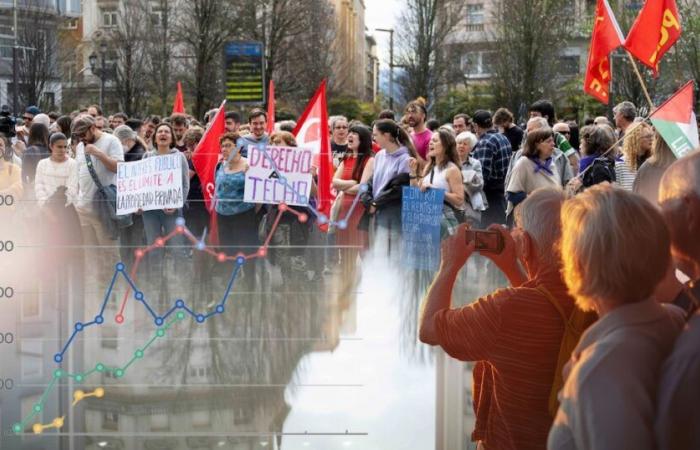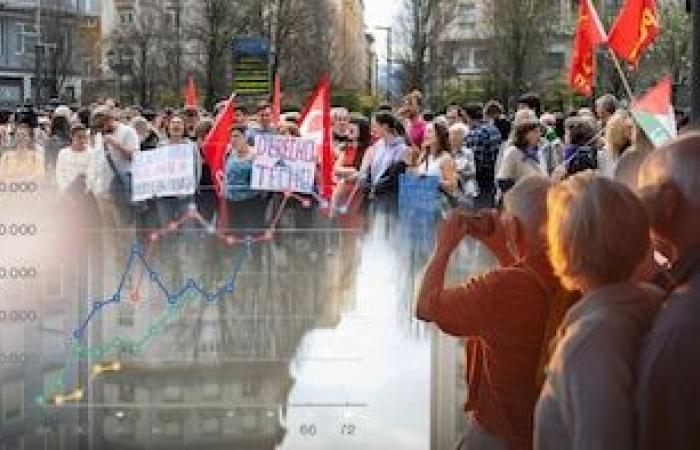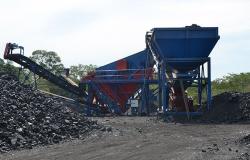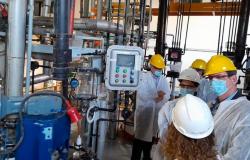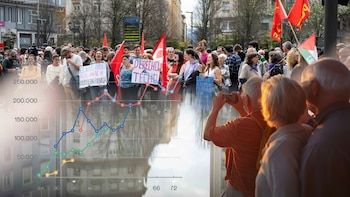
If your grandmother complains that she earns little pension, she may have some reason. But if you believe more unfortunate than you, then no. Life goes up, prices go up, but here the most affected are the youngest, who never They will have the purchasing power of their parents. You can no longer normalize that a 25 -year -old person is bought a car and house and that with a single salary keep a family. And although we all see it on a day -to -day basis, scientific evidence shows it: lyou born between 1986 and 1995, known as the generation and, face a much more complicated economic situationto that of their parents, who could more easily access the home and financial stability. And, financial stability, such as the Magi, are the parents, and never better.
The generational gap is a reality. The difference is clearly reflected in the savings and in the accumulation of heritage, with an alarming disadvantage that directly affects the savings capacity of young people. According to a ESADE analysis, conducted from the financial survey of the families of the Bank of Spain, the differences in the accumulation of wealth between generations are increasingly pronounced. At 35, young people born between 1986 and 1995 have 45,000 saved on average, while those who arrived in the world 20 years before, their parents, at that age were 120,000. That is, 75,000 euros less. This lag is not only a matter of individual capacity, but reflects a series of structural changes in the Spanish economy. We can see it in the following graph:

As explained by economists Cristina Barceló and Laura Crespo in the report, one of the main factors that contributes to this gap is the real estate market. Housing has traditionally been one of the main assets in which Spanish families have invested. However, Since 2011, there has been a significant fall in the property rateespecially among younger homes. Housing ownership among children under 35 has passed from 69% to 32% in the last 10 years. This fall is even more marked among those with less income, who find even greater difficulties in accessing a property in property.
Housing ownership among children under 35 has passed from 69% to 32% in the last 10 years
The causes of this phenomenon are multiple. DSDE The economic crisis of 2008, housing market conditions have changed dramatically. Housing prices shot, especially in large cities such as Madrid and Barcelona, which made it impossible for many young people to access the purchase of a house. To this was added a greater restriction in mortgage loans, especially after the financial crisis, which made it even more difficult than young people could access mortgages.

In addition, the increase in rent as a permanent housing option has made many face high monthly costs, which prevents them from saving enough to acquire a home. In comparison, the previous generation, born between 1976 and 1985, enjoyed greater stability in access to housing, which allowed them to accumulate heritage in a considerably shorter time.
As for debt, the panorama is equally revealing. Mortgages associated with the purchase of the main housing represents the most important component of the indebtedness of Spanish families, reaching a 62% of the total in the period from 2002 to 2022. However, among younger homes, the proportion of indebted has fallen drastically since 2011. If in 2002 more than 56% of households under 35 had a mortgage, in 2022 that figure had fallen to only 21%.
If in 2002 more than 56% of households under 35 had a mortgage, in 2022 that figure had fallen to only 21%
As is logical, this decrease in access to mortgage debt has been especially pronounced in homes with lower income. The impossibility of obtaining credit through mortgages has made many young people be forced to delay the purchase of housing or, in many cases, to give up from it.
In addition, savings have also experienced considerable deceleration. While previous generations, especially Those born between 1966 and 1975 could achieve a greater accumulation of wealth thanks to better job stability and access to creditthe current generation faces lower salaries and a lower savings capacity. This whole situation prevents young people from accumulating the same type of wealth that their parents accumulated.
This panorama not only affects the financial situation of young people today, but also raises serious questions about the country’s economic future. The accumulation of wealth has historically been one of the bases for the economic stability of major generations, who could transmit considerable heritage to their children. However, with the decrease in housing ownership and lack of opportunities to accumulate savings, the generational gap seems to be more and more.
The increase in intergenerational inequality also has political and social implications. Young people face a more precarious labor market (Sorry for directing them in this article, but we are the most affected) to a high cost of life and financial life expectations that are considerably lower than those of our parents. This imbalance is not only a matter at the individual level. There will be exceptions, of course. But in general terms, this situation presents a challenge for social cohesion in general.

